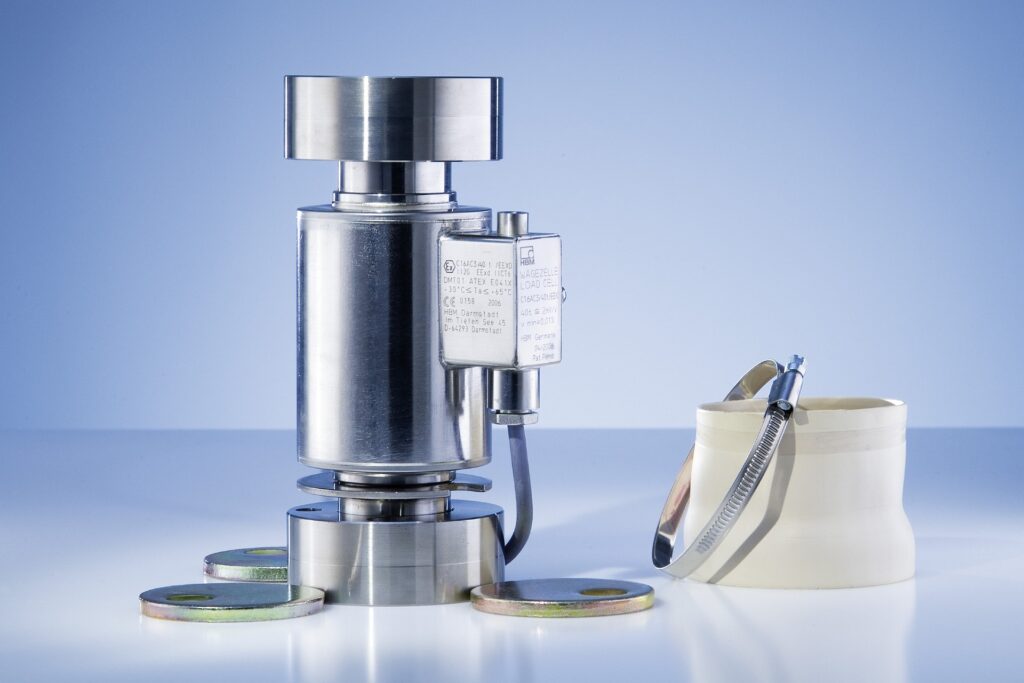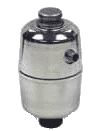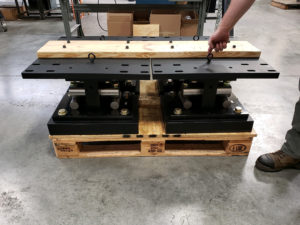Metrology Glossary: Excitation Trim
What Is Excitation Trim?
Excitation trim is a fundamental technique in load cell calibration that involves the precise adjustment of the excitation voltage applied to individual load cells. This method is not only the oldest but also remains the most widely utilized means of load cell calibration due to its inherent simplicity and effectiveness. By carefully fine-tuning the excitation voltage, this process ensures that load cells operate with optimal accuracy and reliability. Its popularity can be attributed to its versatility, as it is suitable for a diverse array of applications, making it a trusted choice in fields ranging from industrial settings to scientific laboratories where precise weight measurements are crucial for processes, experiments, and quality control.
What Is Excitation Trim Used For?
Industrial Weighing:
- Heavy Load Measurement: Excitation trim is crucial for calibrating load cells in applications such as crane scales and weighbridges, ensuring precise readings for large-scale objects.
- Production Line Monitoring: In manufacturing, excitation trim is used to calibrate load cells for conveyor belts and filling machines, ensuring consistent product weight and quality control.
- Force Measurement: Excitation trim is used to calibrate load cells in material testing machines, torque wrenches, and hydraulic presses, enabling accurate force measurements on various materials.
Scientific Research:
- High-Precision Experimentation: Excitation trim is used to calibrate load cells in balances, centrifuges, and microfluidic devices for precise weight measurements crucial in biological, chemical, and physical sciences.
- Material Characterization: Used in rheometers and texture analyzers, excitation trim enables accurate calibration for precise characterization of mechanical properties in materials like polymers and fabrics.
- Robotics and Automation: In research on robot manipulators and prosthetics, excitation trim is used to calibrate load cells in force sensors, providing accurate feedback for control and safety systems.











